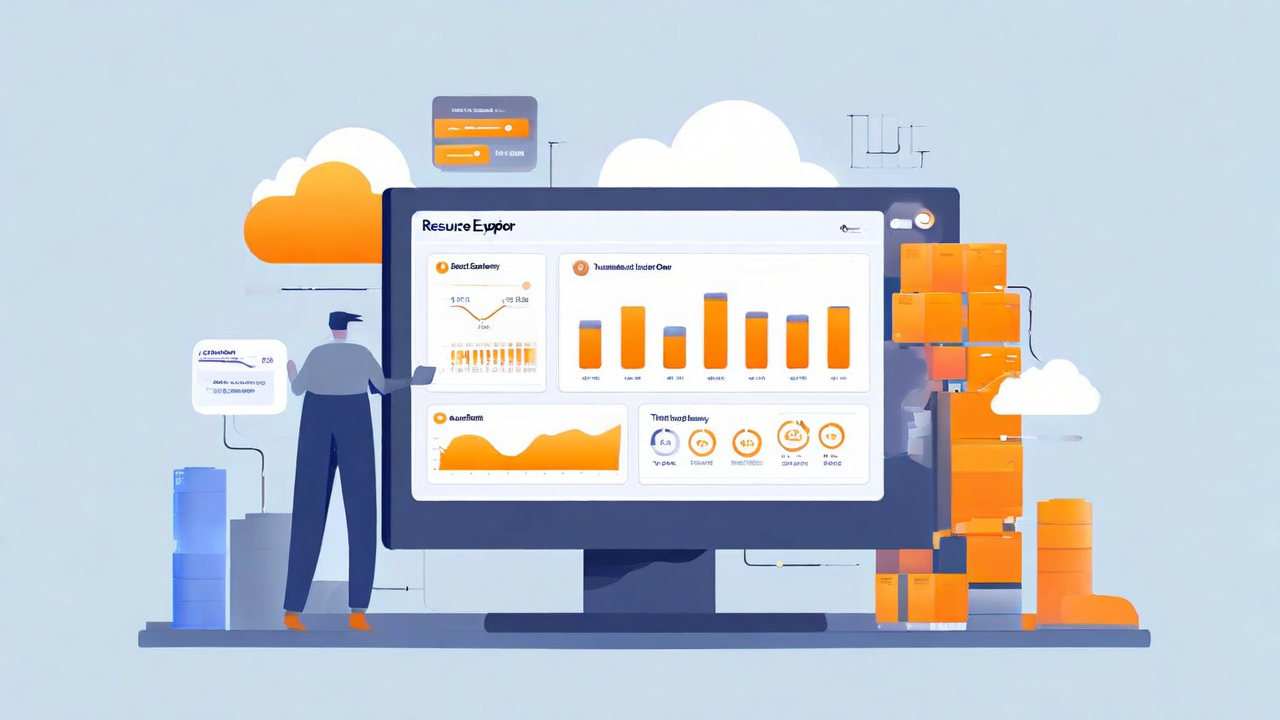The Cloud & Benefits of Serverless BI Tools | West Loop Strategy

What is the Cloud?
When we talk about cloud based infrastructure, we are not talking about the cumulonimbus clouds taking up space in the spring sky. Instead, we are referencing a certain type of computer servers that power the modern applications we depend on. Cloud computing occurs on servers accessed over the internet - allowing anyone with the right credentials to access files and applications with any internet connected device.
Using cloud based tools allows businesses to avoid paying large upfront costs on physical data centers and servers, which require routine monitoring and maintenance. On the other hand, cloud technologies allow businesses the freedom to launch applications at minimal startup costs, paying for app usage over time.
The Great Migration
You can see it happening everywhere - everyone is moving serverless! Whether you recognize it or not, you are probably interacting with cloud based applications on a daily basis. Some modern businesses don’t use any local, desktop based applications at all. In addition to immediate cost savings, serverless applications enable scalability. Without depending on physical infrastructure, your applications can serve more and more people without high variable costs.
Companies (like AWS) that provide the cloud services give you all the resources you need to manage applications in real time. Changing resources, limiting, or even deleting old/non needed resources takes a couple of clicks of a button. All of these make cloud based tools extremely easy to use - especially for a BI product.
Problems BI Tools are Facing
Many BI products are now coming out with their own type of serverless/cloud product in addition to their desktop version. This is helping, but it can also add layers of complexity. It ranges across platforms as to how/if you can interact with both the desktop and the cloud version - some features are in the desktop version, but not the cloud version. It is difficult to figure out if you can implement a feature when there are multiple options of the product. This added complexity also makes it hard for you to utilize other cloud/serverless technology in accordance with those BI products. Connecting to databases, editing datasets in your BI product, and refreshing data is extremely cumbersome. The process becomes much more complex, and many times you need to add an additional layer of products or features to make it work.
How QuickSight Is Winning
This is why QuickSight is winning. Companies are moving towards serverless designs for all of their products for the reason mentioned above. It’s faster, cheaper, and can handle more traffic. QuickSight is in the perfect position to handle this migration for a couple of reasons. It is natively cloud built, which means you don’t have to download an application or figure out how to sync the cloud with the desktop or use two different products. It’s all in one. It also has by far the easiest connection to databases, editing of datasets, and refreshing data than any of the competition. When the data is the source of your analytics, this is one of, if not, the most important aspects of the process. Not only is the infrastructure the best, but the collaboration is much smoother in a cloud native format.
Users Best Friend
With everyone on the cloud, analytics working processes are much better. Now, people can easily work on the same dashboard asynchronously without needing to wait for others to update or finish their version before they start working on theirs. The QuickSight process of sharing is also extremely easy, because it is all in the cloud. Whoever you want access to, can be enabled with credentials in the platform. It’s as simple as linking an email address. You don’t need to buy a license for each new user, which allows you to scale without limitations. This saves time, and energy rather than having to reach out to a sales rep or IT technician to add/remove individuals from the platform. Finally, it allows for end users to easily know what they can and cannot do. Because it is one product, all of the abilities are in one product. When you look up how to do something you will easily recognize if you have access to a feature.
Conclusion And Future Outlook
As a recap, more and more businesses are moving to the cloud for many reasons - it’s faster, cheaper, and scales better. This puts QuickSight at an extreme advantage because of its cloud native focus. QuickSight allows for ease of use with other technologies, and for ease of use internally because it is focused on the cloud. QuickSight can focus on the other aspects of BI and get feathers out fast because the infrastructure is all set up correctly. Updates to the UI/UX of QuickSight are coming out monthly. This is in large part because they don’t have to focus on building multiple products and figuring out how those products work with each other/ connect to your data. This is why so many businesses are choosing QuickSight over other BI platforms today.
.svg)



